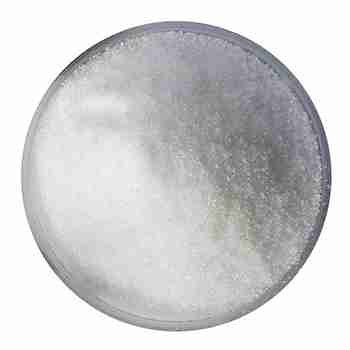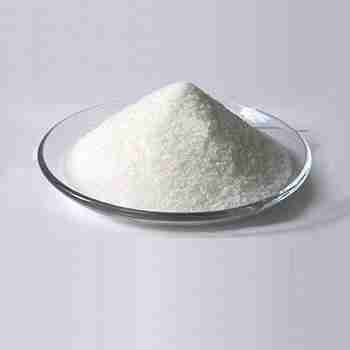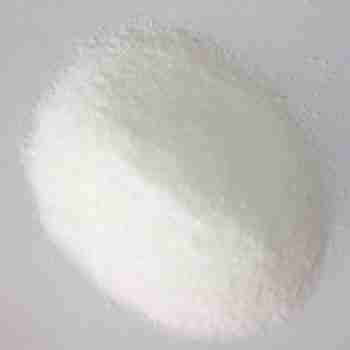L-carnitine-L-tartrate powder CAS 36687-82-8
Appearance: White or off-white Crystalline Powder
Asay: L-Carnitine 68.2??1.0%???L-Tartaric acid 31.8??1.0%
Packaging: 25kgs per drum
Capacity: 600MT/year
Sample: Available
related documents:
COA for L-carnitine L-tartrate cas 36687-82-8
Request for product documents
发送询盘
Description
L-carnitine-L-tartrate powder
L-carnitine-L-tartrate?Quick Details
Chemical Name: L-carnitine-L-tartrate
CAS No.: 36687-82-8
Molecular Fomula:? C11H19NO8
L-carnitine-L-tartrate Structure:
Molecular weight:?293.27
Appearance: White or off-white Crystalline Powder
Asay??L-Carnitine 68.2??1.0%???L-Tartaric acid 31.8??1.0%
L-carnitine-L-tartrate Typical Properties
Check Item
Specification
?
Identification
In accordance with the IR absorption spectrum of the standard
Appearance
??White or off-white Crystalline Powder
?Particle size?(mesh)
Through 20mesh
Specific rotation
-9.5~ -11.0??
PH
3.0~4.5
Water
??0.50%
Residue on ignition
??0.50%
Residual?solvents?(Ethanol)
??0.5%
Solubility
Clarification
Cyanide
Non?detectable
Heavy metal
??10ppm
Arsenic (As)
??1ppm
Lead ??Pb??
??3ppm
Cadmium (Cd)
??1ppm
Mercury ??Hg??
??0.1ppm
TPC
??1000Cfu/g
Yeast & Mold
???100Cfu/g
E.Coli
Negative
Salmonella
Negative
L-Carnitine
68.2??1.0%
L-Tartaric acid
31.8??1.0%
bulk density
0.4-0.7g/ml
tapped density
0.5-0.9g/ml
L-carnitine-L-tartrate usage
It can be used as a nutrient fortifier, medicine, especially for solid preparations. Application L-carnitine tartrate is the ideal form of L-carnitine application, suitable for solid preparations, especially for tablets and capsules. L-carnitine tartrate is widely used in health care products, food and cosmetics industries.
L-carnitine-L-tartrate Packaging and Shipping
25kgs per drum
L-carnitine-L-tartrate?Storage
Dry coll stock
| 5 |
|
0 |
| 4 |
|
0 |
| 3 |
|
0 |
| 2 |
|
0 |
| 1 |
|
0 |
- 2
- 2-diallylpent-4-en-1-amine
- 4
- 95-16-9
- Ammonium sulfamate
- Benzothiazole
- cas:67889-00-3ح2
- cas:83524-75-8 | pigment black 32
- cas:928836-00-4 | 2
- cas:932745-70-5 | 4
- Chemical Minerals
- Coconut diethanolamide
- Daily Chemicals
- discount
- for sale
- General pvc resin
- hexyl D-glucoside
- in stock
- Lauramidopropyl betaine
- LAURIC ACID MONOETHANOLAMIDE
- Petroleum Additives
- Plasticiser
- Ploymers
- price
- PVC
- quotation
- Raw Materal
- Remove term: Petroleum Additives Petroleum Additive
- SODIUM ETHYL 2-SULFOLAURATE
Related Products
Polyglutamic acid (y-PGA), also known as natto gum, is a high molecular peptide polymer synthesized from several glutamic acid monomers through microbial fermentation. It is rich in glutamic acid, glucose, protein and minerals. , vitamins and other biologically active substances.
Polyglutamic acid (??-PGA) is a sticky substance that was first discovered in ??Natto??. It is currently widely used in agricultural production and is called a new biostimulant. It is fully water-soluble, biodegradable, edible, and non-toxic. It is a biopolymer produced by microbial fermentation.
Common English name: 5-iodo-2,3-dihydropyridazin-3-one
CAS No.: 825633-94-1
Molecular formula: C4H3IN2O
Molecular weight: 221.98
Sample: Available
Chemical Name: Imazalil Sulfate
CAS No.: 58594-72-2
Molecular Formula: C14H14Cl2N2O.H2SO4
Molecular Weight: 395.26
Appearance: Solid
Chemical Name:?UDP-glucuronic acid
CAS No.: 2616-64-0
Molecular Fomula: C15H22N2O18P2
Molecular weight: 580.28
Appearance: Solid
Assay: 98%
Chemical Name: Quercetin-3-O-sophoroside
CAS No.: 18609-17-1
Molecular Formula: C27H30O17
Molecular Weight: 626.52
Chemical Name: o-Xylene
Synonyms: 1,2-Dimethylbenzene; ortho-xylene
CAS No.: 95-47-6
Molecular Formula: C8H10
Molecular Weight: 106.17
Chemical Name: Choline salicylate
CAS No.: 2016-36-6
Molecular Formula: C12H19NO4
Molecular Weight: 241.28
Appearance: Red-Brown Crystal
Coenzyme A sodium salt hydrate (CAS 55672-92-9) is an important biologically active substance.
Appearance: Usually white or off-white powder. Solubility: Easily soluble in water, forming a clear solution in water.
Function: In the body, coenzyme A sodium salt hydrate is an important coenzyme that participates in a variety of biochemical reactions. It plays a key role in the metabolism of fatty acids, promoting the activation and oxidative decomposition of fatty acids. It participates in the tricarboxylic acid cycle and provides energy for cells. It is also important for the metabolism of certain amino acids.
Application: Commonly used in biochemistry and molecular biology research as a cofactor for enzyme reactions.
In the field of medicine, it may be used in the treatment or adjuvant treatment of certain diseases.
Copper acetate peptide, also known as blue copper peptide. Copper peptide, also known as tripeptide in Chinese; Glycyl-L-histomyl-L-lysine. Peptide is a small molecule protein composed of amino acids, which are more easily absorbed by the skin and have more significant effects. It was first isolated from human plasma in 1973 and was discovered to have wound repair function in 1985. In 1999, researchers believed that copper peptide and its copper repair products can serve as activators of tissue remodeling, and it is also a signaling peptide, Promote the degradation of a large amount of collagen aggregates outside scars, the synthesis of normal collagen in the skin, the generation of elastin, proteoglycans, and glucosamine glycans, the growth rate and migration of different cell types, anti-inflammatory, and antioxidant responses.
Ectoine is a naturally occurring osmoprotectant, a cyclic amino acid derivative that offers exceptional cell-stabilizing properties. Highly valued in cosmetics and pharmaceuticals, it enhances product efficacy by maintaining cell integrity under various environmental stresses.
Polyglutamic acid (CAS 25513-46-6) is usually in the form of white powder.
Polyglutamic acid is a high molecular compound with good water solubility and biocompatibility.
It has many excellent properties, such as water retention, plant growth promotion, and improved fertilizer utilization. In the agricultural field, it can be used as a fertilizer enhancer, water retainer, etc., which helps to improve the fertility and water retention capacity of the soil and promote the growth and development of crops. For example, adding it to fertilizer can reduce fertilizer loss and improve the effect of fertilizer.
In the field of cosmetics, polyglutamic acid is also used, because its moisturizing properties can be used in skin care products.
Chemical Name: Arabic gum
CAS No.: 9000-01-5
Appearance: powder



















Reviews
There are no reviews yet.